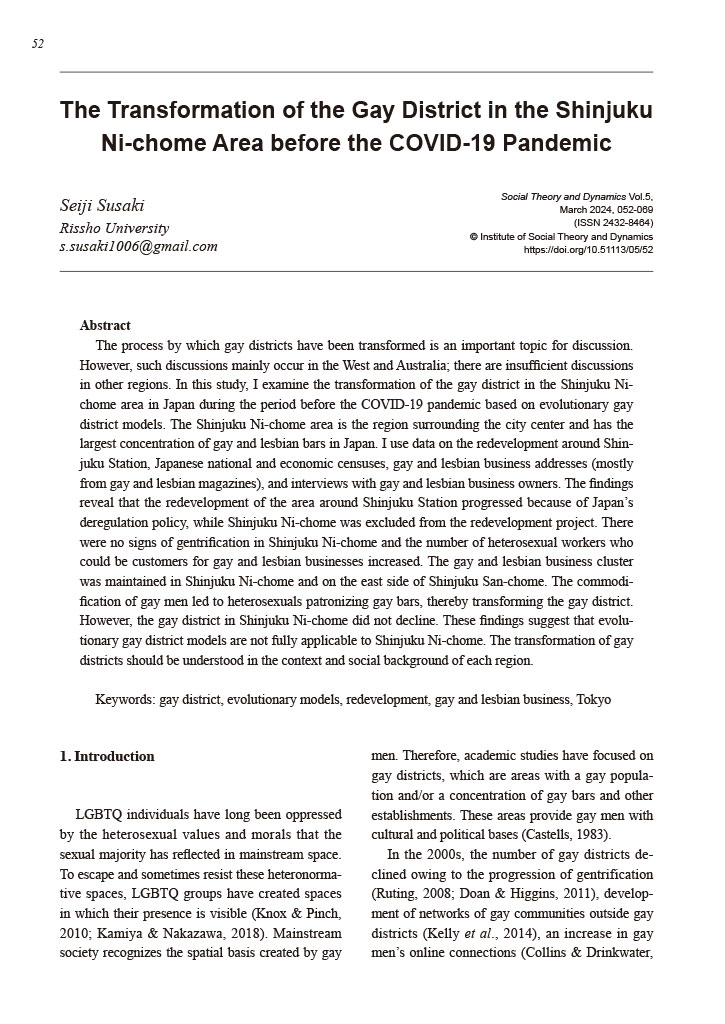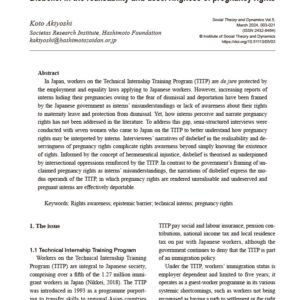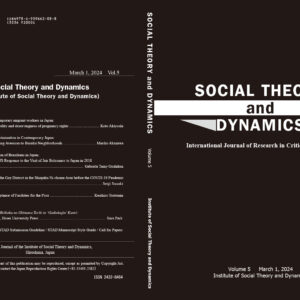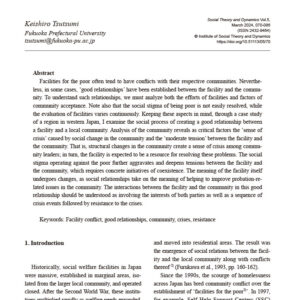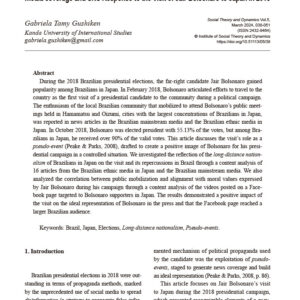Description
The process by which gay districts have been transformed is an important topic for discussion. However, such discussions mainly occur in the West and Australia; there are insufficient discussions in other regions. In this study, I examine the transformation of the gay district in the Shinjuku Nichome area in Japan during the period before the COVID-19 pandemic based on evolutionary gay district models. The Shinjuku Ni-chome area is the region surrounding the city center and has the largest concentration of gay and lesbian bars in Japan. I use data on the redevelopment around Shinjuku Station, Japanese national and economic censuses, gay and lesbian business addresses (mostly from gay and lesbian magazines), and interviews with gay and lesbian business owners. The findings reveal that the redevelopment of the area around Shinjuku Station progressed because of Japan’s deregulation policy, while Shinjuku Ni-chome was excluded from the redevelopment project. There were no signs of gentrification in Shinjuku Ni-chome and the number of heterosexual workers who could be customers for gay and lesbian businesses increased. The gay and lesbian business cluster was maintained in Shinjuku Ni-chome and on the east side of Shinjuku San-chome. The commodification of gay men led to heterosexuals patronizing gay bars, thereby transforming the gay district. However, the gay district in Shinjuku Ni-chome did not decline. These findings suggest that evolutionary gay district models are not fully applicable to Shinjuku Ni-chome. The transformation of gay districts should be understood in the context and social background of each region.

